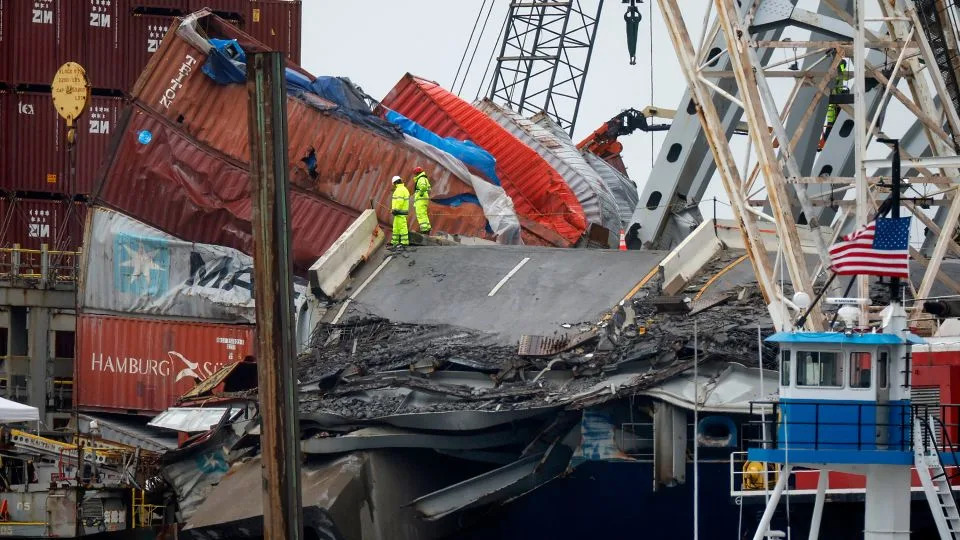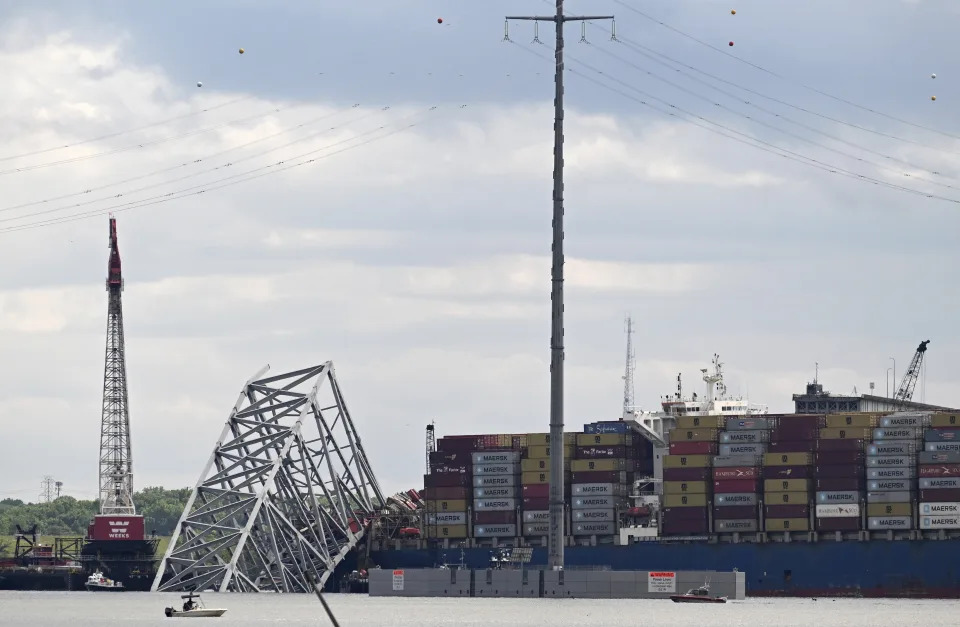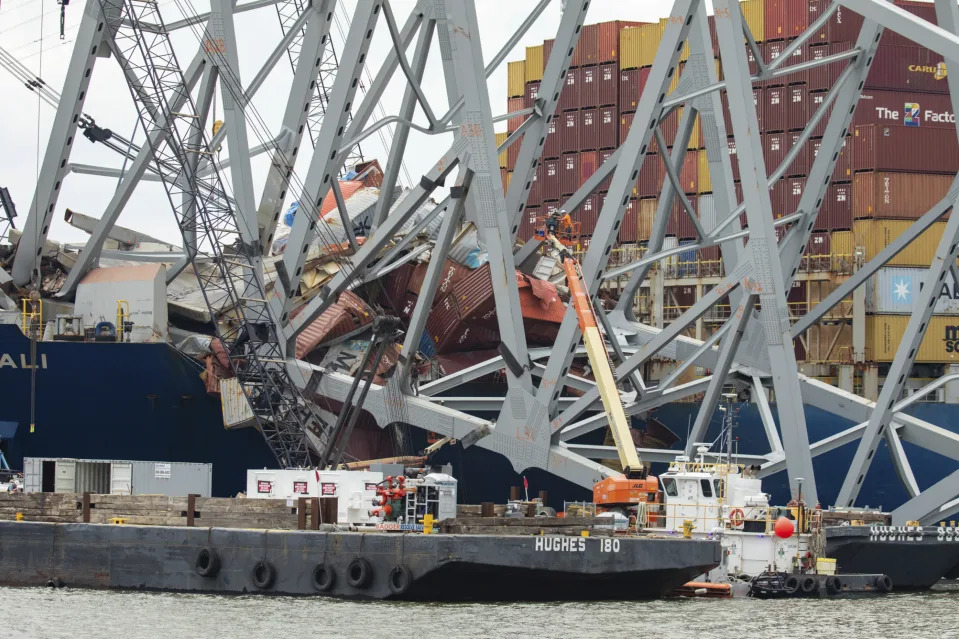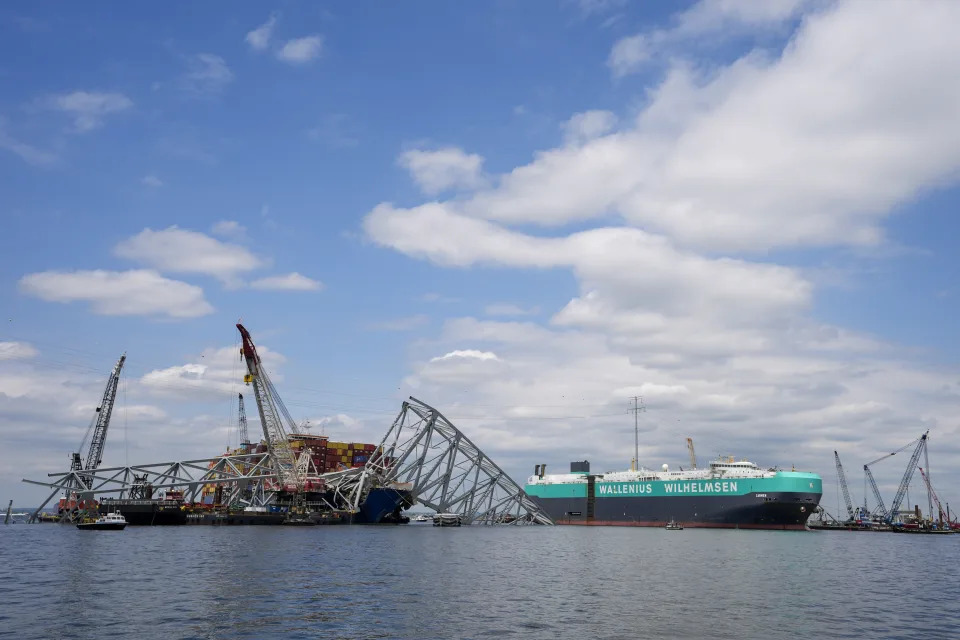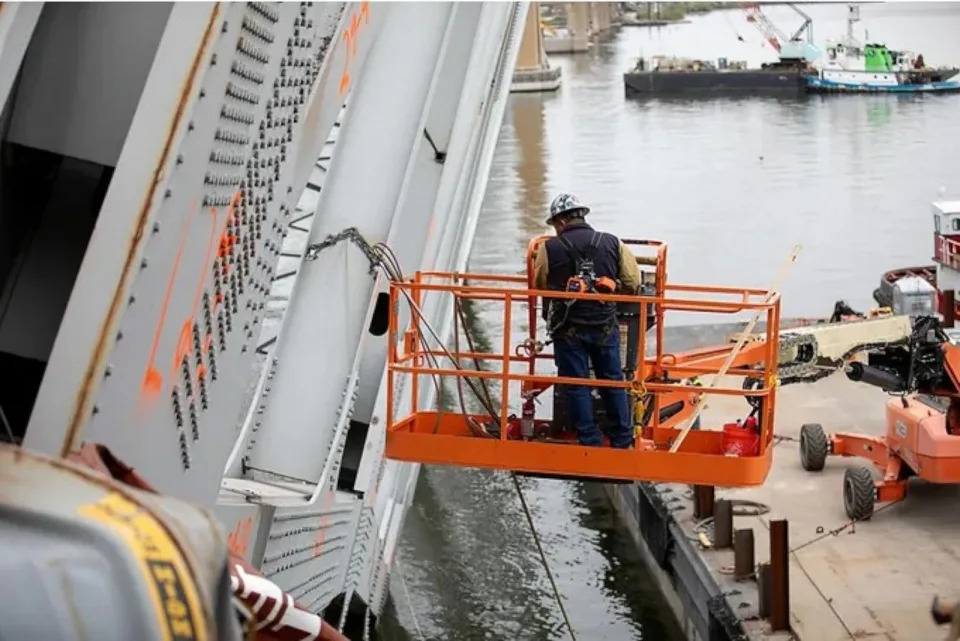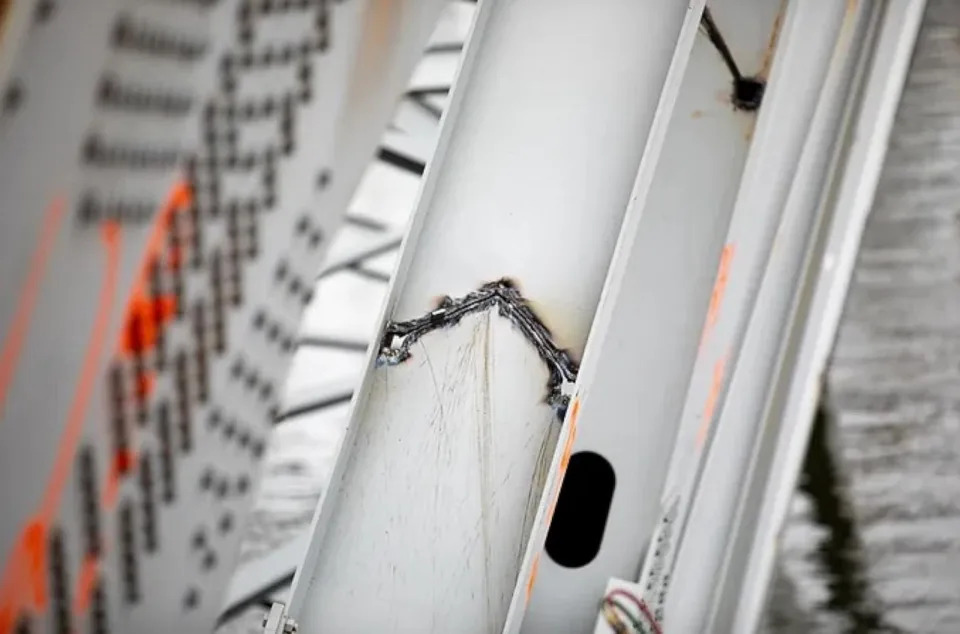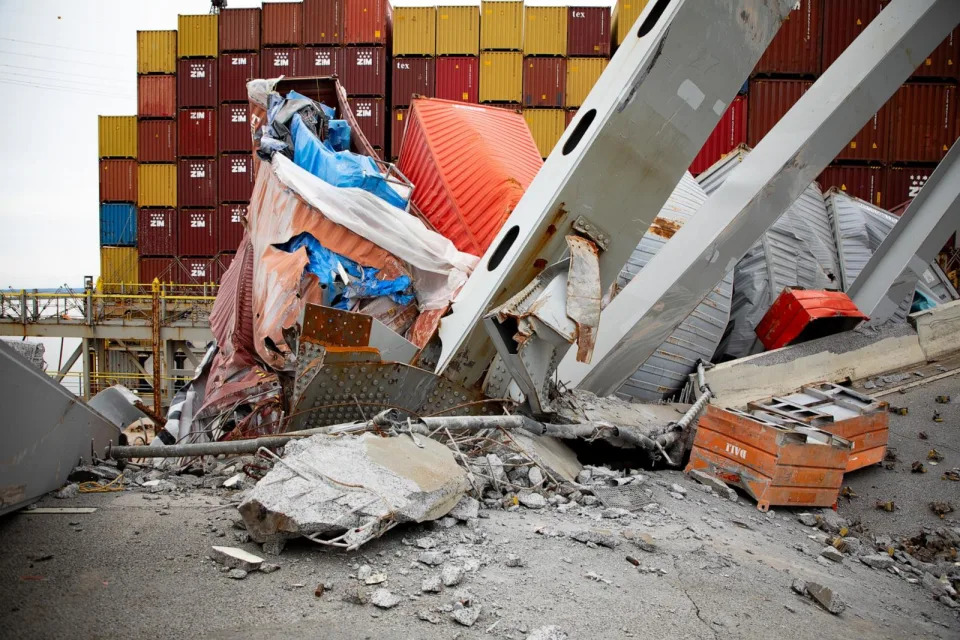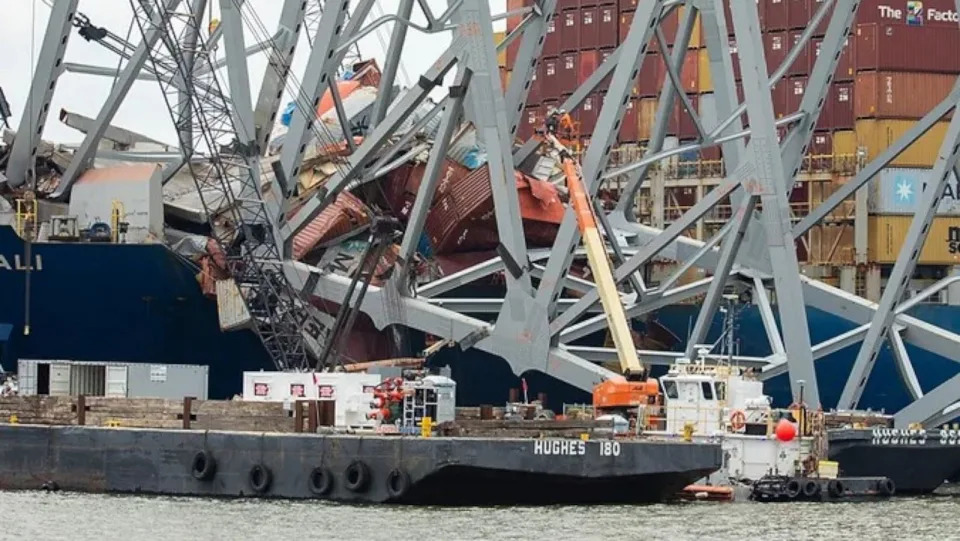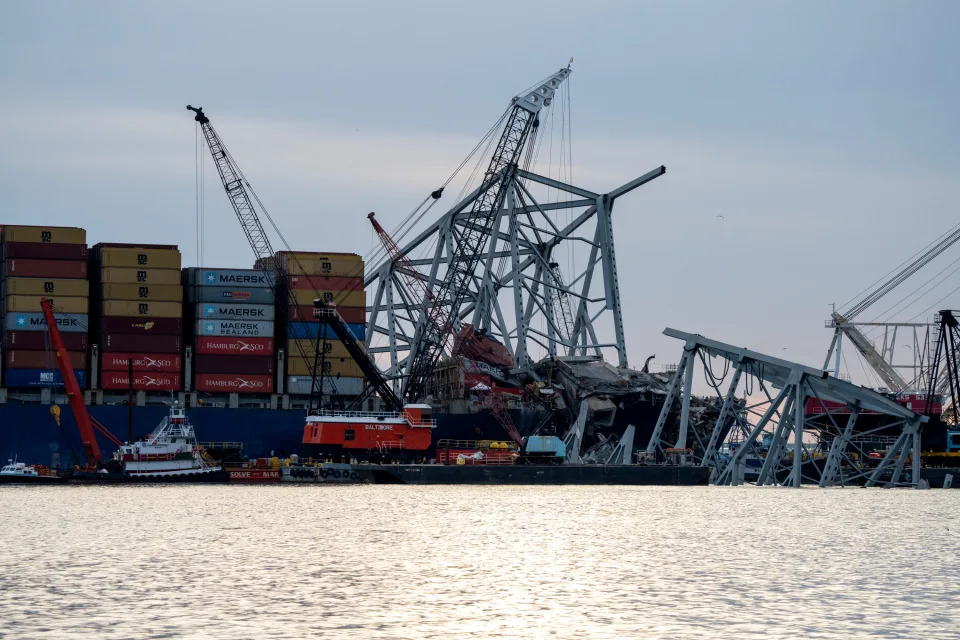Modi’s Policies Give Fresh Lease Of Life To Dravidian Movement In Tamil Nadu – Analysis
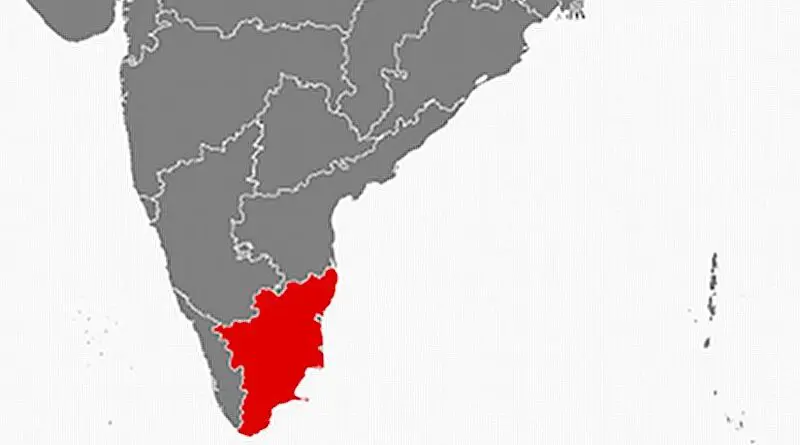
Location of Tamil Nadu in India. Source: Wikipedia Commons.
The North-South and Brahmin-non Brahmin divides have again come to the fore but Tamils hope that the INDIA alliance will blunt the BJP’s brutal centralization and divisive Hindu nationalism.
The on-going elections to the Indian parliament are being fought in various States and Union Territories of the country on the basis of a multiplicity of issues varying from State to State.
These issues could be caste, farmers’ problems, unemployment, oppressive taxation, political malfeasance, dictatorial tendencies, excessive centralization, financial discrimination against the better performing States, social justice and communalism, especially persecution of Muslims.
In Tamil Nadu, where polling for all the 39 seats was held in the very first phase on April 19, the over-riding issue has been the danger posed to the time honoured values of the Dravidian movement which stands for federalism, secularism, equalitarianism and justice for the socially and educationally backward classes, Dalits and tribals.
All parties in Tamil Nadu, barring the Bharatiya Janata Party (BJP) led by Narendra Modi, are sworn to protect and foster the ideology of the Dravidian movement which is under an unprecedented threat posed by the BJP which is identified with brutal centralization and an extremist brand of political Hinduism encapsulated in the term Hindutva.
Not all parties in Tamil Nadu brand themselves as “Dravidian”. The Congress and the Muslim League in Tamil Nadu are not Dravidian parties per se, but they are as committed to the ideals and goals of the Dravidian movement as the branded ones. In fact, no party which is not committed to the ideals of the Davidian movement can strike roots in Tamil Nadu’s soil.
Indeed, some outstanding leaders of the Congress and the Muslim League are considered as part of the Dravidian pantheon. The outstanding examples are K. Kamaraj of the Congress and Mohammad Ismail of the Muslim League.
Kamaraj is hailed by the Dravidian movement as Perun Thalaivar or the Great Leader of the Tamils. In return, the Tamil Nadu Congress Committee recognises the founder of the Dravidian Movement Periyar E.V.Ramaswamy Naicker as one of its earliest State level Presidents, and has a portrait of his in the party office in Chennai.
Mohammad Ismail is recognised as a votary of the Tamil language. In fact, in the Constituent Assembly in 1947, Ismail had advocated the recognition of Tamil as one of the official languages of the Union of India. After partition in 1947, Ismail became an ally of the Congress but later shifted to the Dravidian parties as these were more accommodative of the Muslims. The Tamil Nadu Muslim League has since been promoting the Muslim interest within the Dravidian ideological framework.
The BJP, on the other hand, is seen as the quintessential anti-thesis of Dravidian ideals, a representative of the upper caste and upper class Hindus. More precisely, it seen as representing the Brahmins, against whose historic hegemony the Dravidian movement has been fighting since the 1920s. No wonder then that today, the staunchest supporters of the BJP and the RSS both in Tamil Nadu and among Non-Resident Indian Tamils are Brahmins.
While the Dravidian movement considers Sanatan Dharm as an ideological justification of the caste system, the Brahmins and North Indian Hindus see Sanatan Dharm as a set of liberal values even considering caste as division of labour rather than a system of invidious social system of discrimination based on birth. But the Dravidian movement thinks that this interpretation is utterly false.
When the Tamil Nadu Sports Minister Udhayanidhi Stalin said that Sanatan Dharm has to be eradicated, Hindus in the North and Brahmins in the South condemned him. The Congress party’s silence on the issue was exploited fully to show the Congress and the DMK as anti-Hindu.
However such a portrayal did not wash in Tamil Nadu because Tamils do not identify Hinduism with the Sanatan Dharm. Tamil Hinduism, which is what is practiced in Tamil Nadu by the masses, is egalitarian, based as it is on the Bhakti cult.
The North-South and Brahmin-non Brahmin divide came into the open when a leading Carnatic vocalist, T.M.Krishna, was given the Madras Music Academy’s top award of Sangeetha Kalanidhi and was to preside over the next annual session of the Academy. Through his concerts, speeches and writings, Krishna had been castigating the caste biases in the Carnatic music echo-system. He has been including Islamic and Christian themes in his concerts. But the Brahmin lobby saw Carnatic music as Hindu music.
While the non-Brahmins hailed Krishna’s efforts, the Brahmin lobby which has a stranglehold over the Music Academy, flew into a rage. Musicians Ranjani and Gayatri withdrew from the December Music concerts. They accusing Krishna of singing the praise of Dravidian movement’s founder, Periyar Ramaswamy Naicker, who, according to them, proposed the “genocide” of Brahmins repeatedly and referred to Brahmin women using “profanity”.
Other Brahmin artistes followed suit with condemnation of Krishna. North Indian BJP leaders and North Indian Youtubers interviewed the dissenters to portray Krishna, the DMK and even the Congress as anti-Hindu.
Issues such as Sanatan Dharm and T.N. Krishna were incubating in a climate of a Centre-State/North-South conflict over the devolution of finances from the Centre to the States. Tamil Nadu and other Southern States had been protesting against the Central government’s policy of punishing them for performing well on the population control and economic fronts. The finances devolved to them did not at all match their contribution to the Centre’s kitty, while it was the other way round in the case of the poorly performing North Indian States. Leaders of the Southern States even sat on a dharna in New Delhi to draw the attention of the Modi regime.
The other issue that was bothering Tamil Nadu and other South Indian States was the proposal to redefine parliamentary constituencies based on a new population count. That could lead to the further dilution of the South’s representation in parliament as the Southern States’ populations are under control in contrast to those of the Northern States.
The explosion of Youtube news and discussion outlets have made all these issues, including the ones thrown up in the on-going elections, subjects of comment and debate involving the common man, experts and politicians. These programs have started getting lakhs if not millions of viewers of all classes as the smart phone is ubiquitous these days.
So far, these Youtube outlets have been encouraging only sober debate not slanging matches which are standard fare in the mainstream TV channels.
What one observes in the new media in Tamil Nadu is the attempt to highlight the history and culture of the Tamils with the help of scholars and litterateurs. A new pride in being a Tamil is being instilled, pride which had dimmed in the balmy era of Gandhi and Nehru. The secular nationalism and the accommodative ethos of Gandhi and Nehru had eroded aggressive Tamil nationalism.
In the face of the challenge from the intolerant and oppressive nationalism based on Hindutva, promoted by Modi’s BJP, there is a revival of aggressive Tamil nationalism on the Youtube
However, the new Tamil nationalism is not separatist. It is based on an explicitly stated hope that under the Congress-led INDIA alliance, the ideals of the Indian constitution will be reinstalled as the guiding star of modern India and that India’s unity will be re-established and strengthened.
Hence the wish in Tamil Nadu that the DMK-led INDIA alliance will sweep the current elections winning all the 39 seats and help rein in or replace Modi’s BJP at the Centre.

P. K. Balachandran is a senior Indian journalist working in Sri Lanka for local and international media and has been writing on South Asian issues for the past 21 years




